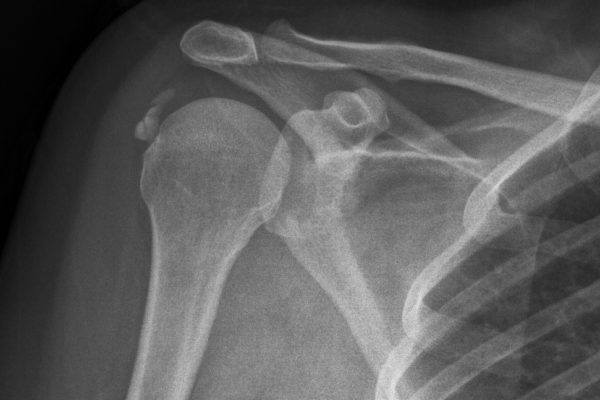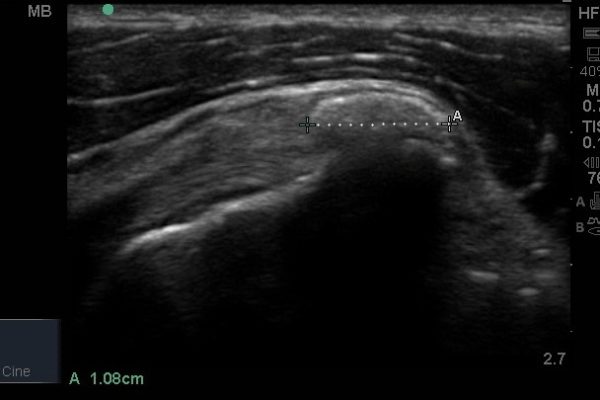Our Blog
Home  Blog
Blog
 Blog
Blog
 Blog
Blog
We all know about stone in kidney. Calcific tendinitise is stone formation in shoulder muscles. Its deposition of calcium in the rotator cuff (shoulder muscles). When calcium builds up in the tendon, it can cause a build up of pressure in the tendon, as well causing a chemical irritation. This leads to pain. The pain can be extremely sever. It is one of the worst pains in the shoulder (the other being Frozen Shoulder ).
In addition to the chemical irritation and presssure, the deposited calcium reduces the space between the rotator cuff and the acromion(the roof bone in Shoulder). This can lead to subacromial impingement between the acromion and the calcium deposit in the rotator cuff while shoulder movements.
Causes and Stages:
The exact cause of calcific cuff tendinopathy is unknown. It is believed that aging, increased pressure on the tendons and/or severe wear-and-tear may be responsible for calcification. Calcification goes through three stages.
Pre-calcification stage: This is the beginning of calcium formation where changes happen in the cells and you may not experience any symptoms.
Calcific stage: The cells release calcium, which combines to form calcium deposits. This stage generally lasts for a varied period of time without any pain, and is called resting phase. The most painful phase called resorptive phase begins after the resting phase. Most patients seek treatment during this phase due to the severe pain associated with this stage.
Post-calcific stage: The calcium deposition starts beingreplaced with normal rotator cuff tendon. This stage is usually painless.

Diagnosis
Calcific cuff tendinitis is diagnosed by thorough physical examination of the shoulder and a detailed medical history carried out by your doctor. X-rays can be ordered to detect calcific deposits.The deposits not seen on X-rays can be viewed with an ultrasound scan which allows assessing the size of the deposits from all directions.MRI is not a good tool for this disease.


Non-surgical approach
The non-surgical approach is the first line of therapy for calcific tendonitis.
Anti-Inflammatory medications: The pain associated with calcific deposits can be treated with anti-inflammatory medications.
Steroid injections: If you experience severe pain, steroid injections may be administered to relieve pain, swelling and inflammation.
Ultrasound Guided Lavage procedure: In order to control the severe pain during the resorptive stage, your doctor may suggest a procedure called ultrasound guided lavage. Under the guidance of ultrasound, your doctor will insert two large needles into the shoulder joint to flush the calcium deposits with saline solution (salt solution) repeatedly to loosen them. After they loosen, the deposits are then aspirated or sucked out through the needle. Ultrasound-guided lavage is an effective and safe minimally-invasive treatment.
ice application: A wash cloth dipped in ice water can be placed on the affected shoulder to relieve pain.
Surgery for Calcific Tendonitis:
Surgery is required if the pain is not controlled with the methods above and/or the pain is extremely severe, with night pain.
The goal of any surgery to reduce the effects of impingement, by increasing the amount of space between the acromion and the rotator cuff tendons, which will then allow for easier movement and less pain and inflammation. The calcium deposit is also debrided and released at the same time. The operation performed is Arthroscopic Subacromial Decompression & Excision of the Calcific Deposit .
This website uses cookies: By continuing to browse this site you accept this policy.